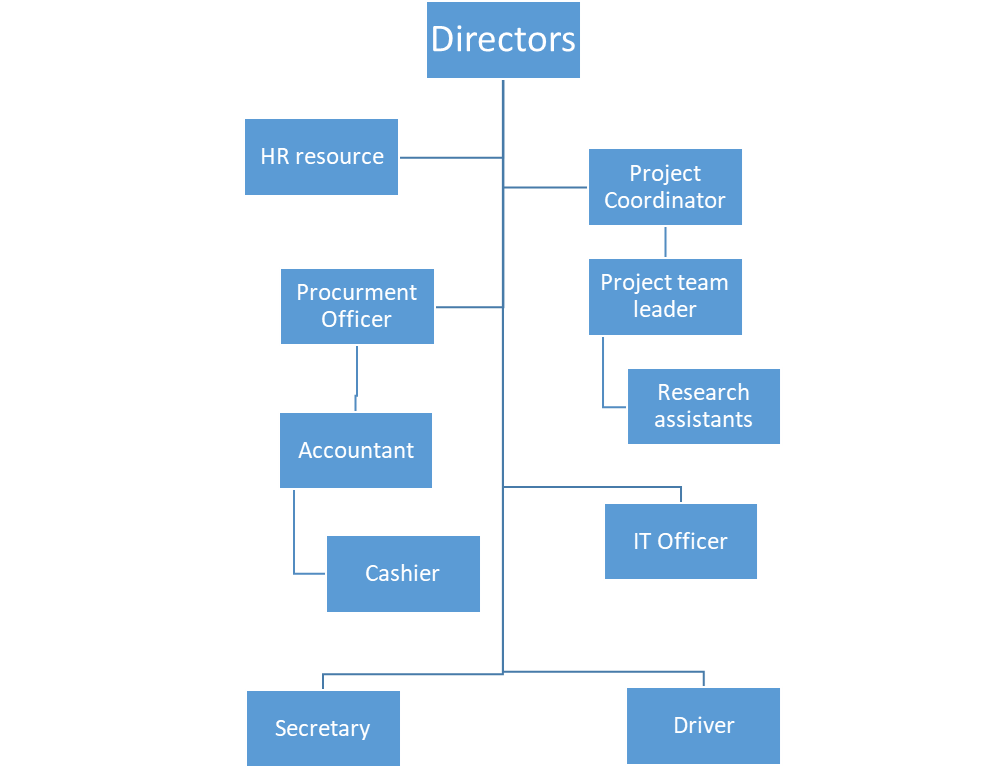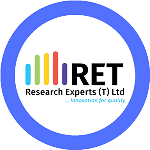Executive Training on Management of projects using MS Project Pro 2021 Software
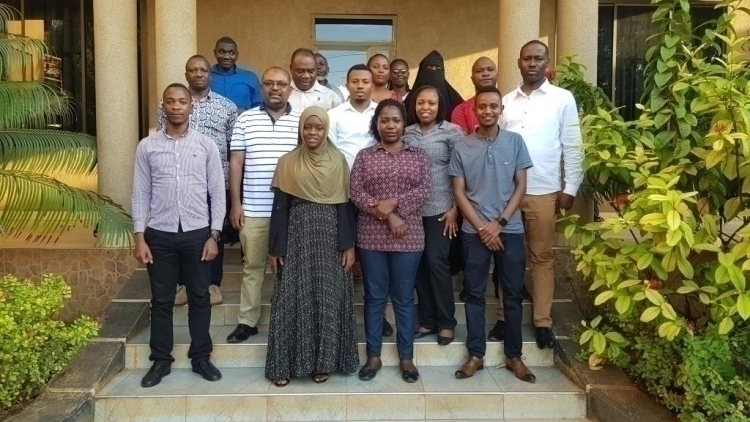
INTRODUCTION
- Today’s organizations enjoy more convenience and produce better-quality outputs with their projects through the help of project management tools. The challenge, however, is in choosing the right software that has features to meet the requirements of PM standards. Many experts know that there is no one-size-fits-all software, which makes choosing more difficult. However, among the most popular choices, today, is Microsoft Project Professional 2021.
- Microsoft Project Pro 2021 is the right tool for the management of projects and has powerful features such as a “work breakdown structure” (WBS). Project managers can split the project into a whole series of tasks, with all resources (work, materials, and costs) attached to each task and link them according to interdependencies among the tasks. Moreover, the project manager and other supporting staff can track the progress of the project by feeding each activity with the right quantity of resources used at the right time
- New features of Microsoft Project Pro 2021 software include the capability to enter actual quantities of materials, work hours, and costs, linking tasks with a drop-down menu, viewing task summary names, labelling timeline bars, and accessibility improvements. Therefore, project managers can easily track the physical progress of the project anytime.
- MS Project Pro 2021 is a project management software designed to aid the planning and execution activities of the project. This includes scheduling, managing resources effectively, monitoring progress, evaluating workloads pertinent to a project, and performing earns value analysis (ENA) to indicate if the project is on schedule and or on budget and performing according to the planned schedule and budget.
TRAINING OBJECTIVE
- The overall aim of the training course is to equip the participants with relevant knowledge and skills to manage projects effectively in terms of cost, time, resources, and quality by using Microsoft Project 2021 Pro Software. Download the training brochure here
TRAINING OUTCOMES
After completing this course, participants should be able to:
- Understanding various types of projects;
- Create and define projects;
- Create activities for the project using the WBS technique, estimates activity duration, and establish activity dependencies
- Setting up the project file in MS Project Pro 2021 software;
- Create activities/tasks, link them, and set activity calendars & constraints
- Assign resources to tasks, assign overtime to work resources
- Analyse resource utilization and levelling resources;
- Tracking the project by updating the real project schedule and actual resources, reporting progress, customizing and formatting project views;
- Understanding and performing earned value analysis (EVA)
- Create project reports that analyze the project, resource, task data, work, and costs
TRAINING METHODOLOGY
- The training will be participatory and fully practical-oriented (group works and discussions) with very limited lecturing on PowerPoint.
- Participants will be provided with a Laptop with activated Windows 10 Pro and activated MS Project Pro 2021 Software to work in hands-on practices with trainers.
TRAINING ORGANIZATION AND DURATION
- The training will be held for 4 days from 08:30 to 16:00 every day
- Training will take place at St. Gasper Hotel and Conference Centre in Dodoma Capital City. For more information regarding the training, contact us via 0679 005 113, 0748 487 784, or email: This email address is being protected from spambots. You need JavaScript enabled to view it. or This email address is being protected from spambots. You need JavaScript enabled to view it.
TRAINERS
- The Training will be facilitated by a highly experienced research expert and consultant from RESEARCH EXPERTS (T) LIMITED, Mr. Andrew Kagwa (0787 48005) https://www.linkedin.com/in/andrewrkagwa/
- Eng. Joseph M. Ngowi MEM & B.Sc. Mechanical Engineering; Project Management, Monitoring & Evaluation Expert with 10 years experience in project management and M & E
TARGETED APPLICANTS
- Managing directors, Project Managers, M & E officials, Engineers, Architect, quantity surveyors, supervisors, Quality Control Units, and individuals who are interested in developing their careers and expertise in Microsoft Projects;
- Project planners and researchers, consultants, and contractors who need detailed Gantt charts for their clients in bidding documents
ACCREDITATION
- Participants will be eligible to score a minimum of 19 professional development units (PDUs) given by the Engineers Registration Board (ERB).
TRAINING FEE & ENROLMENT
- Face-to-Face Training fee TZS 585,000/= with Genuine Lifetime MSP Licence (TZS 400,000 without Licence)
- After registering, you will receive a confirmation email containing your invoice
- All payments are to be paid through our Bank CRDB account No. 0150396237500 named “RESEARCH EXPERTS OF TZ LTD” before 03rd October 2021
- Each participant will receive the following items:
- A Flash Disk - 8GB,A Free PM Book 7, RET MSP training and MS Project 2021 manuals, Refreshments during the training (tea and lunch)
- The training fee covers facilitation, PDUs from ERB, tea, lunch, learning materials, and certificates
PAYMENT METHODS
- Offline payment via Cash deposit via CRDB bank pay to “RESEARCH EXPERTS OF TANZANIA” Account No. 0150396237500; CRDB at any branch-Tanzania before the commencement of the course. Use Mpesa/Tigo Pesa/ Airtel Money to send money directly to our account. Tuma ujumbe wa uthibitisho wa malipo yako kwenda 0748 450 086, 0748 487 784
- Offline Payment Using Vodacom Pay Number (Mpesa Lipa Namba) 5057789 or Tigo Lipa Number 7068386
- Online payment via two methods
- Our PayPal email is This email address is being protected from spambots. You need JavaScript enabled to view it.om
- Secured Master or Visa card
ADDITIONAL INFORMATION
- If you need additional information, please contact us via mobile number 0767348005 or 0748487784, email: This email address is being protected from spambots. You need JavaScript enabled to view it. or This email address is being protected from spambots. You need JavaScript enabled to view it.
- Download brochure here
Event Information
| Event Date | 05-03-2024 8:00 am |
| Event End Date | 08-03-2024 4:30 pm |
| Cut off date | 15-03-2024 11:55 pm |
| Cancel Registration Before Date | 02-03-2024 11:55 pm |
| Capacity | 40 |
| Registered | 13 [View List] |
| Available place | 27 |
| Individual Price | TZS 585,000/= |
| Fixed group price | TZS585,000 |
| Created By | Andrew Kagwa |
| Speaker | Andrew Kagwa |
| Number Hours | 32 |
| Location | Edema Hotel |
| Categories | Project Management, Paid, Face2Face |
| Attachment | MPP2021_Brochure_March_2024Final.pdf |
Group Rate
| #Registrants | Rate/Person (TZS) |
|---|---|
| 1 | 585,000 |
| 10 | 550,000 |
| 20 | 500,000 |
Speakers
Andrew Kagwa
CEO, Founder, MSP Trainer
Mr Kagwa has 10 years' experience in project management, research, data management and project evaluation. He will train this training for all or some of the modules, depending on the number of participants.
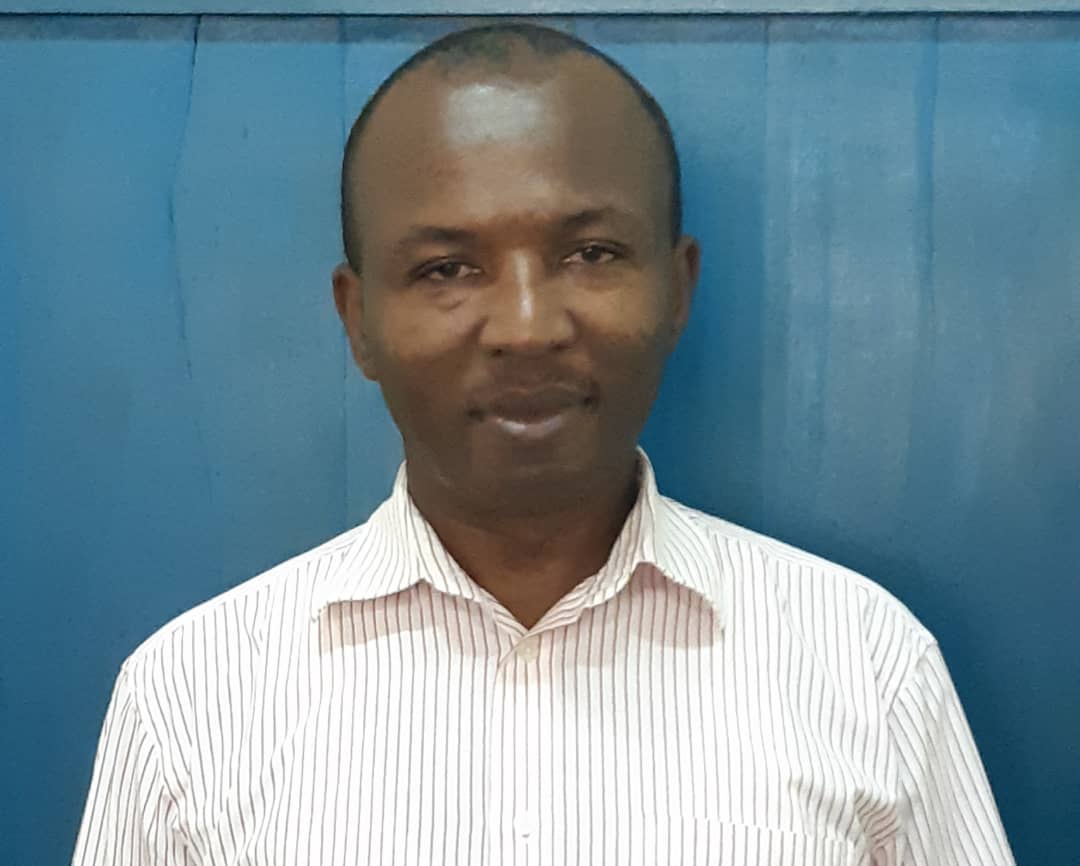
Joseph Ngowi
Trainer & Facilitator
Mr Ngowi has 10 years' experience in project management, research, project monitoring and evaluation. He will train this training for all or some of the modules, depending on the number of participants.
Sponsors
| NUM | First Name | Registration Date | Registration Status | |
|---|---|---|---|---|
| 1 | Hamisi | 29-03-2022 | This email address is being protected from spambots. You need JavaScript enabled to view it. | Pending |
| 2 | Eliphas | 29-03-2022 | This email address is being protected from spambots. You need JavaScript enabled to view it. | Pending |
| 3 | Andrew | 28-03-2022 | This email address is being protected from spambots. You need JavaScript enabled to view it. | Pending |
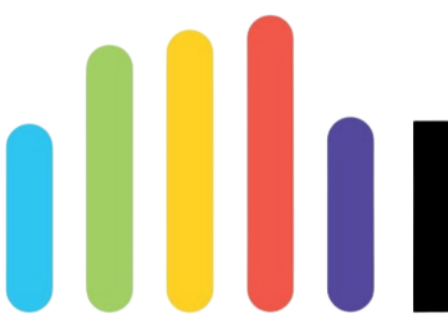

.jfif)

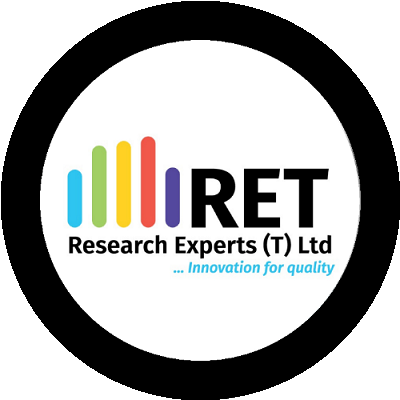


 Updated training calendar from January to December 2021. To apply for any of these courses
Updated training calendar from January to December 2021. To apply for any of these courses 
